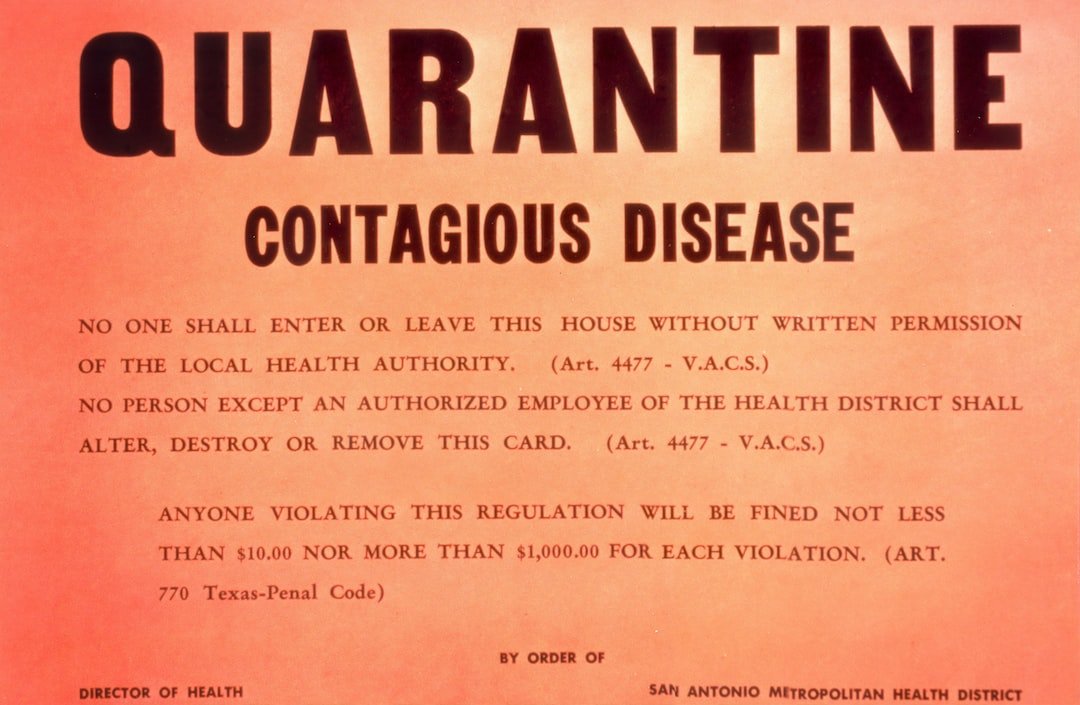Public Relations 4.0
Public Relations
Crisis Management
Reputation Management
Branding and Brand Management
Crisis management

Leading through the Storm: The Art of Crisis Leadership and Decision-Making in Public Relations
Read More →Crisis management

Navigating Public Relations Crisis Management in the Digital Age
Read More →Crisis management

Navigating Post-Crisis Analysis and Recovery in Public Relations
Read More →Crisis management

Effective Stakeholder Communication in Times of Crisis: A Public Relations Perspective
Read More →Crisis management

How Public Relations Crisis Simulation and Training Can Safeguard Your Reputation Introduction In today's fast-paced and interconnected world, companies and organizations are constantly exposed to various risks that can damage their reputation and brand image. Public relations (PR) crises can arise unexpectedly, leaving businesses scrambling to respond effectively and limit the potential damage. This is where public relations crisis simulation and training come into play. In this blog post, we will explore the importance of crisis simulation and training in preparing organizations to handle crises with confidence and protect their reputation. 1. Understanding the Role of Crisis Simulation and Training Crisis simulation involves creating hypothetical scenarios that mirror potential crises a company might face. These scenarios are designed to test the preparedness, decision-making, and response strategies of the organization. Crisis training, on the other hand, focuses on educating and training key stakeholders, including executives, communications teams, and spokespersons, on crisis communication protocols and best practices. 2. Identifying Potential Crisis Scenarios Every company is unique and faces its own set of risks and vulnerabilities. Therefore, it is essential to tailor crisis simulations to industry-specific challenges and potential crisis scenarios. These scenarios may include product recalls, data breaches, employee misconduct, rumors or misinformation, natural disasters, or even social media backlash. By simulating such crises, organizations can proactively explore different strategies, understand potential consequences, and develop effective response plans. 3. Benefits of Crisis Simulation and Training 3.1 Crisis Preparedness: Crisis simulation and training provide organizations with the opportunity to identify weaknesses in their crisis management plans, highlight communication gaps, and refine response protocols. By simulating different crisis scenarios, organizations can learn from their mistakes in a controlled environment and ensure that the necessary processes, protocols, and resources are in place to manage any crisis that may arise. 3.2 Team Readiness: Effective crisis management depends on well-prepared teams that can work together seamlessly during high-pressure situations. Crisis simulation and training help organizations build strong and cohesive crisis response teams. These exercises create an opportunity for cross-functional collaboration, enabling key decision-makers to understand the role and responsibilities of each department during a crisis. 3.3 Messaging and Communication: Maintaining effective communication during a crisis is critical for preserving reputation and managing public perception. Crisis simulation and training can help organizations develop and fine-tune key messaging, establish communication channels, train spokespersons, and teach effective media relations skills. By practicing crisis communication strategies in a simulated environment, organizations can build confidence and ensure consistent messaging during real crises. 4. Key Considerations for Effective Crisis Simulation and Training 4.1 Regular Exercises: Crisis simulation and training should be conducted regularly to ensure ongoing preparedness. This helps organizations stay updated with the changing dynamics of their industry and adapt their crisis response strategies accordingly. 4.2 Realistic Scenarios: Simulations should be tailored to mirror the current and potential risks faced by the organization. By incorporating realistic scenarios, organizations can better assess the impact of crises on their brand image, stakeholders, and bottom line. 4.3 Evaluation and Feedback: After conducting crisis simulations, it is crucial to evaluate the effectiveness of the response and gather feedback from participants. This evaluation process allows organizations to identify areas of improvement, revise their crisis management plans, and adjust communication strategies accordingly. Conclusion Public relations crisis simulation and training play a vital role in equipping organizations with the necessary skills and tools to navigate challenging situations while safeguarding their reputation. By regularly conducting simulations, identifying potential crises, and refining crisis response strategies, organizations can strengthen their crisis management capabilities, build a resilient communication infrastructure, and minimize the impact of crises on their brand image. Investing in crisis
Read More →Crisis management

Communication Best Practices for Public Relations Employees During a Crisis
Read More →Crisis management

Navigating Public Relations Crises: The Art of Effective Decision-making
Read More →Crisis management

Mastering Online Reputation Management: Navigating a Crisis Successfully
Read More →SEARCH
Recent News
- Ensuring Workplace Fairness through Effective Public Relations
- Empowering Public Relations with Warehouse Management Systems
- The Role of Public Relations in Urban Planning: Fostering Healthy Communities
- The Rising Tide of Public Relations Upload Trends
- The Role of Public Relations in Promoting Software Reviews
- Safeguarding Your Public Relations: Enhancing Upload Security
- The Importance of Public Relations in Regulating Unregulated Financial Ventures
- Public Relations in Transportation Optimization: Achieving Success through Strategic Communication